
The structure and surrounding landscape can be active learning tools.
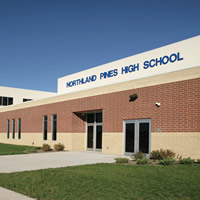
K-12 school buildings that automatically manage and control utility costs 24-hours a day.
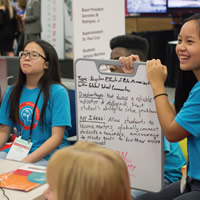
The key to engaging students in learning.

Design strategies to support learning are smoothing the transition from learning environment to care setting for health care training.
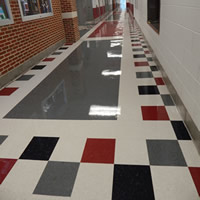
Like many things in life, flooring decisions are not always easy 'black or white' decisions.
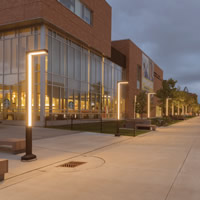
A landscape reboot at the University of Windsor makes for a more cohesive, competitive, and inviting campus.

Choosing the right flooring for lecture halls and classrooms will have an impact on acoustics, aesthetics, maintenance, and more.
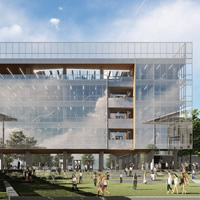
From the IoT to self-driving cars, college and university campuses are becoming more efficient and productive with the development and deployment of new technologies.
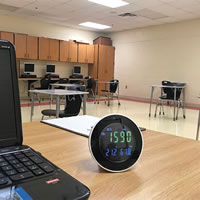
Expecting children to learn in poorly ventilated classrooms is like requiring them to read blurry textbooks.

Here are five questions to ask potential partners when seeking to outsource Software as a Service (SaaS).

The EPA says improving indoor air quality can improve the performance of students and faculty

The EPA says improving indoor air quality can improve the performance of students and teachers.
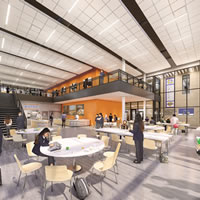
Today's schools aren't putting all of their eggs in one basket, but opting for more personal
choice, food portability, and digital functionality in student dining facilities.
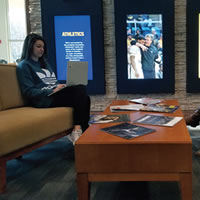
Details of developing a successful installation on the campus of West Virginia University.
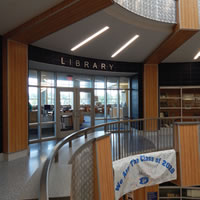
The interior spaces where students’ high school careers and experiences unfold are of prime importance to those young people, faculty, staff, and administrators. The best such spaces help districts and individual schools express and realize their goals while guiding high school students toward achieving theirs.
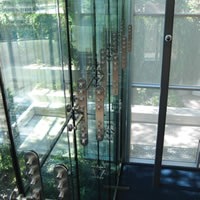
Today's community colleges are interested in placemaking, in creating campuses where students learn, linger, and interact. With an eye to design, here are three examples of community colleges stepping up their interior spaces to improve the student experience.
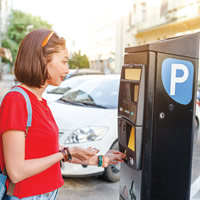
In today's technology age, parking audits are more important than ever.
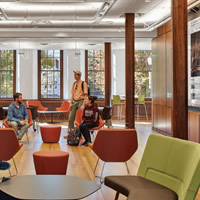
What higher education can learn from kindergarten classroom design.
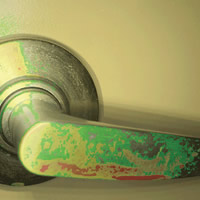
Why a new type of cleaning and maintenance protocol may be necessary.